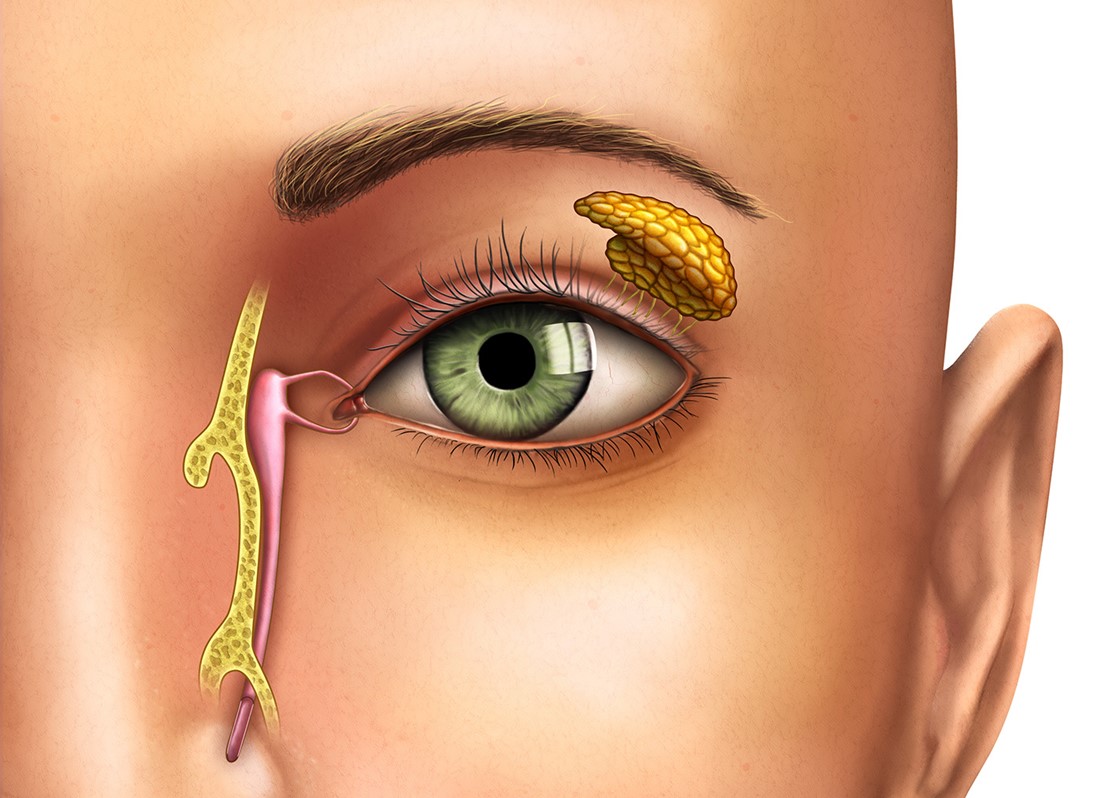Watery Eyes
Epiphora or watery eyes can be a source of visual problem as looking through the tears can affect vision. It can also be a nuisance, requiring regular wiping of the eyes, which in turn can affect make-up and in some cases be a source of social embarrassment as it may be mistakenly thought that you are crying.
Aside from the emotional causes, watering can occur due to excess production of tears or underdrainage of tears.

Excess production can occur due to something irritating the eyes for example a misdirected eyelash (trichiasis) or eyelid inflammation (blepharitis). Tears may not be in balance, meaning that they are not stable and run down the cheeks rather than staying stuck to the surface of the eyes between each blink. This can be due to the three layers of the tear film (mucus layer on the eye, aqueous layer and then oily layer on the surface of the tear film) not being in harmony and there are treatments that can help restore this. If the tears don’t remain on the surface of the eye, the surface becomes dry and there is over production of the aqueous or watery component and these will not adhere to the eye and run down the cheeks instead.
Underdrainage of tears can be due to a malposition of the eyelids such as an ectropion (outward turn of the eyelid) such that the tear duct does not appose the ocular surface. Alternatively, it can be because the lacrimal system (tear drainage pathway) has become blocked. If this occurs at the entrance then it is called a punctal stenosis and a punctoplasty can be performed. If the blockage is further down, then a larger operation is needed, called a dacrocystorhinostomy (DCR). There may also be a blockage even further down and patietns are often managed with colleagues in Ear, Nose and Throat (ENT), who will look up the nose and consider if there are polyps causing blockage to the lacrimal system as the tears eventually drain down into the back of the nose.
The patient with watery eyes may have pathology anywhere from the surface of the eye, to the eyelid, to the nose and this is why it can be a difficult problem to solve in some cases. Working with a range of specialist radiologists and ENT doctors is essential in making the right diagnosis and offering the right treatment.
Before coming to see a specialist, it is worth thinking about when the symptoms occur (all the time or just outdoors); how long they have been going on for; which side is affected; what treatments have already been tried and which of these worked and to what extent.

